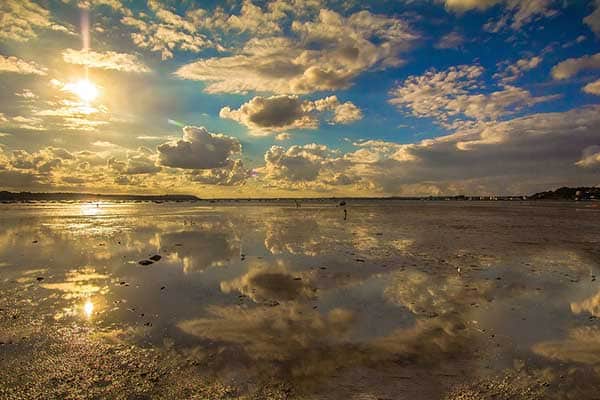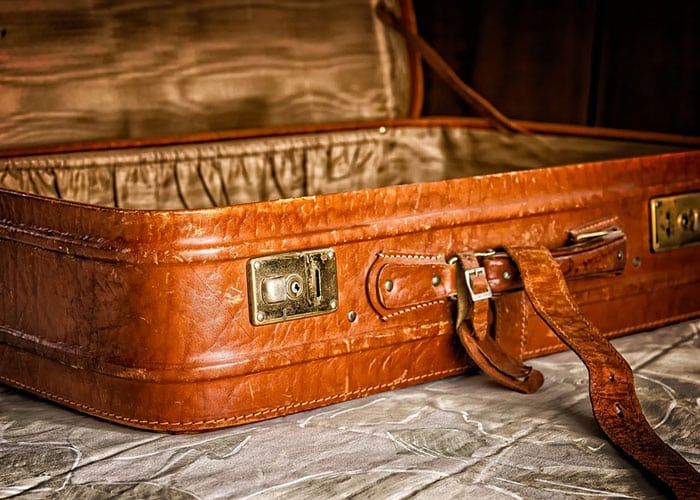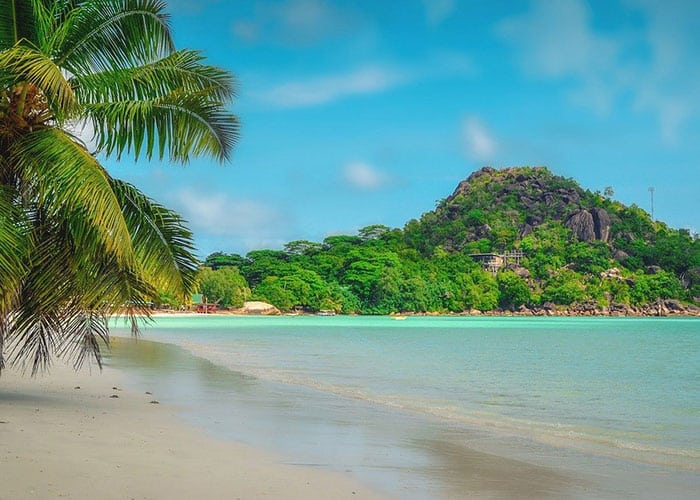Brest is one of the Breton towns with its feet in the water. It is known for its past and its important maritime present: the port is the second largest military port in France. This is where the last aircraft carrier in service in France was built: the Charles de Gaulle. This is also where the Maritime Festival is held every 4 years. On this occasion, the harbor is adorned with more than 2500 boats of all categories, sizes, utilities, ages.
What is the tide?
The tide is a phenomenon due to the deformation of the oceans and seas, under the influence of celestial bodies. The height of the water level varies once or twice a day, in a different way but over the entire surface of the globe.
The current of rising tide is called flow or flood, that of falling tide is ebb or ebb. Depending on where you are on the planet, the tidal cycle can occur once or twice: diurnal or semi-diurnal tide.
The centripetal force due to the rotation of the Earth, combined with the attraction of the Earth, the Moon and the Sun, is added to many other, more local effects. The inertia of water movement, the propagation of waves, the size and shape of the basins where the tide is expressed, are just examples that affect the amplitude of a tide. It is also important to take into account the place, the season and the lunar cycle.
During the full moon and the new moon, the tides are of great amplitude: these are the spring tides. The highest tides occur at the spring and fall equinoxes. However, during the first and last quarter moon, the tides are not very important: these are neap tides. The lowest tides occur at the winter and summer solstices.
Read also: The 5 most beautiful beaches in Brest
The tide in Brest
Brest is a city that enjoys a semi-diurnal tide. The height of the sea varies 4 times in one day: around midnight and noon, the level is at its maximum, it is high tide (PM). Around 6 a.m. and 6 p.m., the level is at its minimum, it is low tide (BM). To keep up to date with tide times, you can consult tide clocks, traditional or online. High tide is indicated instead of 12, followed by 5 hours of ebb (ebb tide). Low tide is indicated instead of 6, followed by 5 hours of flow (rising tide). Depending on the widgets you use, you will have the exact times and not the 6:12 cycles usually accepted for traditional tide clocks. In addition, the level is also calculated approximately, thanks to the rule of 12ths.
If you want to admire the tide, the quiet but powerful force of water rising and falling, carrying away everything in its path and patiently gnawing at the cliffs, Brest will reveal some of the most beautiful maritime panoramas. Indeed, the city is practically 40 minutes from the most easterly point of Brittany and therefore of France. You can take the pedestrian bridge that follows the Iroise bridge. From there, you will be offered a superb landscape of foam and cliffs. You can also go to Pointe St Mathieu. Very well known, it can however be visited without the hordes of tourists if you come in low season.
Come and admire the next edition of the Brest Maritime Festival, Every 4 years, the tide will bring you this special gift.
Read also: The Brest cable car, an original urban ride




